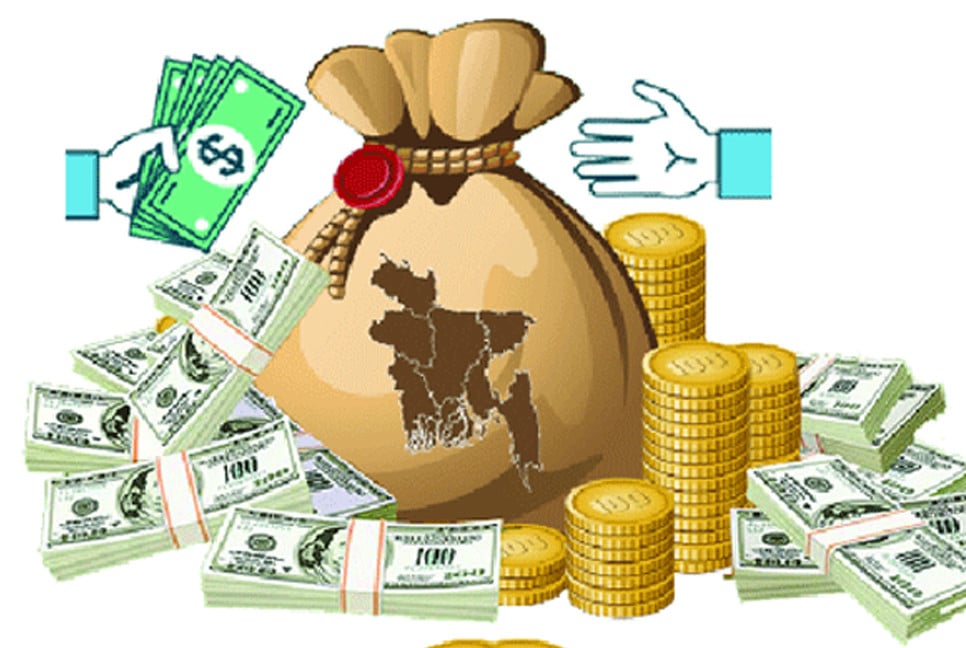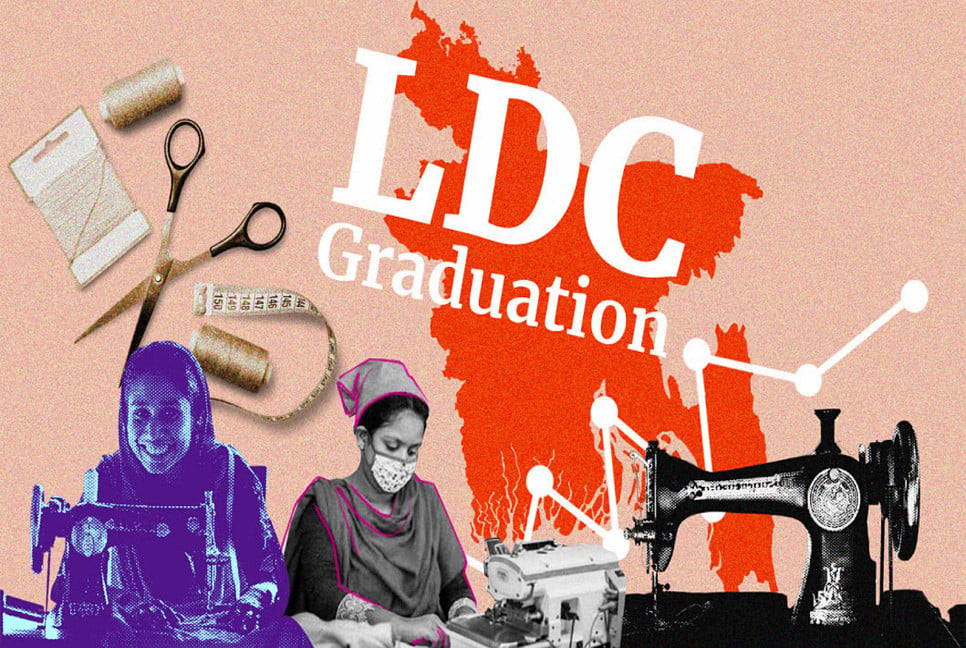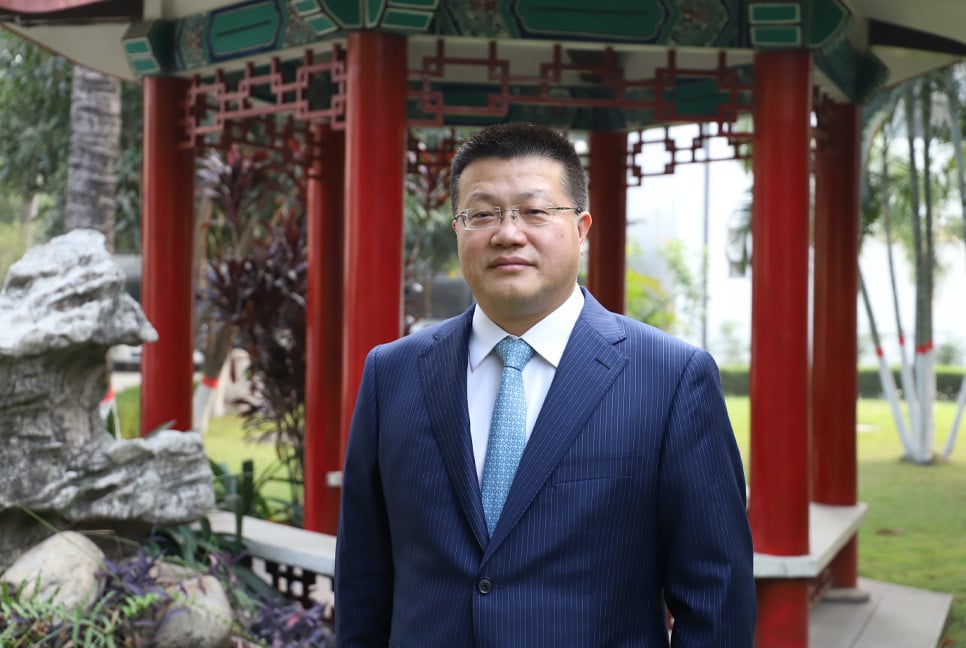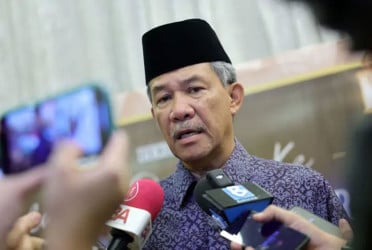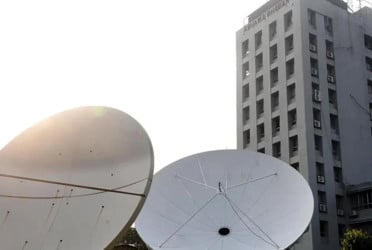The government’s extensive foreign borrowing for large-scale projects has led to a significant financial burden. While these projects were intended to drive economic growth, the benefits have fallen short of expectations, with the financial liabilities far outweighing the returns. Notably, projects like the Karnaphuli Tunnel have become a heavy burden, with the government facing mounting pressure to meet loan repayment obligations, including interest, shortly after their completion.
A recent study reveals that, out of the 20 major projects costing 70 billion USD, nearly 43 billion USD was funded through foreign loans. With the fall of the Awami League government, the responsibility of repaying this substantial debt now falls on the next administration.
The Interim Government's white paper on the financial irregularities of the ousted Awami League government reveals that the current expenditure on interest payments for foreign loans will triple by 2028.
This means that the foreign debt incurred during the ousted government's tenure will become a significant financial burden for the newly elected administration.
The white paper states that, in relation to various projects and budgetary assistance, the government aims to pay 2.73 billion USD in the 2025-26 fiscal year, and 3.2 billion USD in the 2026-27 fiscal year as interest on foreign loans.
Dr Debapriya Bhattacharya, head of the white paper preparation committee, has expressed concern that limitations in revenue collection and remittance income could exacerbate this pressure. He warned that the burden of repaying foreign loans taken for large projects has created a significant financial risk for the state.
Debt and Repayment: An Overview
A study titled “Bangladesh's 20 Major Mega Projects: Trends and Situation” by Dr Debapriya Bhattacharya, Convenor of the Citizen's Platform and Honorary Fellow at CPD, reveals that during the ousted Awami League government's tenure, 43 billion USD in foreign loans were taken for 20 mega projects. Of this, the largest portion—36.6%—will need to be repaid to Russia, 35% to Japan, and nearly 21% to China. In addition to this, there are loans from the World Bank, ADB, JICA, and other organizations.
According to the data provided by the Economic Relations Division up to June 2023, Bangladesh owes 62.4 billion USD to donor organizations.
In the 2022-23 fiscal year, the government repaid 1.74 billion USD, and in the 2023-24 fiscal year, the repayment increased to 2.47 billion USD.
For the ongoing 2024-25 fiscal year, the Interim Government will need to repay an additional 2.6 billion USD in foreign debt.
Dr Zahid Hussain, former Lead Economist of the World Bank, told Bangladesh Pratidin that "foreign loans were taken for some projects without proper scrutiny. There are questions about how much of these loans were actually used and how much may have been siphoned off."
"If foreign loans had been used properly, the economy would have benefited. However, some projects, after completion, are proving to be of no practical use," he said.
He cited the example of the Rupsha 800 MW combined cycle power plant in Khalishpur, Khulna, funded by a 500 million USD loan from the Asian Development Bank (ADB). Although the project is nearing completion, it is unable to go into commercial production due to a gas shortage, raising questions about the benefits of the foreign loan for this project.
"Those who took loans for these projects bear responsibility, but so do the lenders. If the lending organizations had conducted proper due diligence before disbursing the loans, the burden of repaying foreign debt would not have been so heavy. Now, this debt will have to be repaid with the taxpayers' money, part of which may have been siphoned off," Dr Hussain added.
Reports indicate that several mega projects with Russia, Japan, and China have contributed to the pressure of foreign debt.
In 2018, Bangladesh signed a loan agreement with China for 2.66 billion USD for the Padma Bridge Rail Link project. The five-year grace period for this loan ended in April last year, meaning that the government started facing repayment pressure from this fiscal year onwards. The loan will need to be repaid over 15 years.
Under the DPDC project, the government took a 1.4 billion USD loan from China in 2019 for the expansion and strengthening of the power system network. The grace period for this loan ended in June, and repayment started in July.
Additionally, the repayment for the Chinese loan taken for the Karnaphuli Tunnel project has begun even before the project's inauguration. This nearly 11,000 crore taka project is jointly financed by China and Bangladesh, with China lending almost 6,000 crore Taka at an interest rate of 2%. Since the grace period ended, the government has been repaying the loan since the 2022-23 fiscal year.
In addition to these Chinese projects, the repayment pressure is also increasing due to the Russian-funded Rooppur Nuclear Power Plant.
Furthermore, there are several other major projects such as the MRT-1, the Matarbari 1,200 MW coal-fired power plant, the MRT-5, the Motijheel-Uttara MRT-6, the Fourth Primary Education Development Program, the Shahjalal International Airport expansion project, the Dhaka-Ashulia Elevated Expressway, and the Jamuna Railway Bridge project.
The foreign loan repayments for these projects will add to the pressure every year.
Translated by ARK/Bd-Pratidin English

